Density of Diseased Trees

After DATOC presented a report to the Citrus Pest and Disease Prevention Program reviewing potential exposure to HLB in Southern California, we were asked if there were differences in the apparent density of infection based on more granular geographic areas than what was presented in the report. In response, this project reviewed the locations of HLB-infected trees in terms of density by city, and compared the locations of new infections to older data.
We compared the location of HLB detections between June
2018 and April 2019 to the location of HLB detections before
June 2018 (the latter being the time period covered in the
exposure report). New HLB detections occurred broadly, but
were more common close to earlier detections. Half of the
new detections occurred within 270 m (886 ft) of previous
detections, 70% within 1 km (0.6 mi) of existing detections,
and 90% within 1.5 km (0.9 mi).
We also analyzed the geographic distribution of diseased
trees from 2012 through October 1, 2019, in cities with at
least 10 infections. For all of Southern California, 95% of
HLB-positive trees are within 213 m (698 ft) of another
positive tree (right). Compared to the prior distribution (as
reported in the exposure project), this indicates more densely
distributed discovery of HLB-positive trees.
When this distribution was broken down by city, it became
apparent that some cities contained more densely distributed
cases of HLB, whereas others were more diffuse (below).

